
Sulforaphane, which occurs naturally in several cruciferous vegetables, can change the activity of endogenous enzymes.

Sulforaphane, which occurs naturally in several cruciferous vegetables, can change the activity of endogenous enzymes.

Recurrence Score test may help some women with breast cancer be spared of chemotherapy without experiencing disease progression.

Vitamin D supplementation modifies the body's response to HIV infection
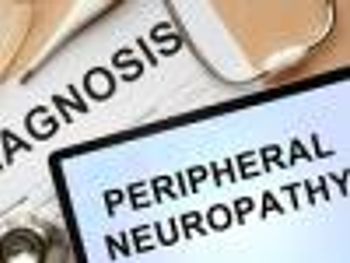
Chronic CIPN is a common side effect of chemotherapy that appears a month after treatment for cancer.

Recent advances and updates in oncology and cancer drug development.

Clotting factor deficiency causing hemophilia A may be reversed using pluripotent stem cells.
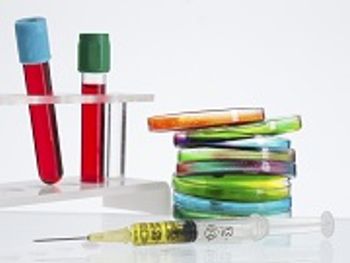
Policy decisions will affect how much biosimilars improve patient access to advanced treatments.

Study shows what couples with at least 1 HIV-positive partner want to get most out of HIV counseling, which can promote health services and treatment.

Most read articles of the week on Specialty Pharmacy Times.

Reseach may lead to new therapeutic approaches that correct disease-causing RNA behaviors.
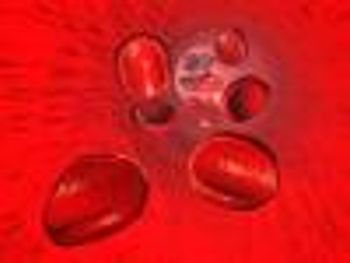
Plitidepsin (Aplidin) in combination with dexamethasone shows 35% reduction in the risk of progression or death over comparator drug in multiple myeloma.

Trioxacarcins disrupt cancer cell replication by binding and chemically-modifying genetic material.
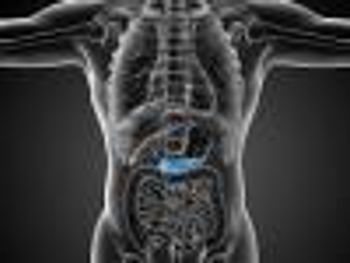
Mucus can form a shield around cancerous cells to protect from chemotherapy drugs.

Physicians were previously not authorized to use HIV-positive organ donors, even if the recipient was also HIV-positive.

One clinic found little value in the early testing of infants born to HCV-infected mothers.

Research considers the importance of immunity in regulating the transformation from myelodysplastic syndrome to acute myeloid leukemia.

Crystals mimic the shape of HIV and Ebola virus to show how they bind to cells.

Low levels of a specific protein in colorectal cancer offers potential treatment target.
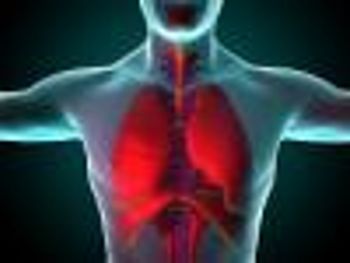
Gene activity in lung tumors offers the potential to respond to chemotherapy.

Serotonin or the compounds that activate serotonin receptors could decrease some RA symptoms.
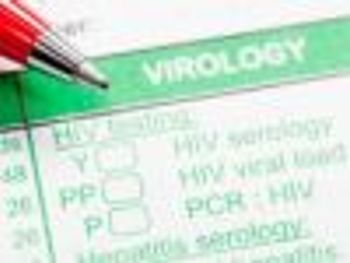
B cells produce antibodies in the immune system, however, they are not directly infected by HIV.
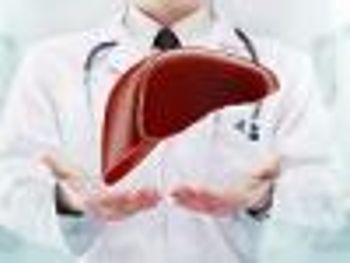
Is sofosbuvir plus ribavirin a viable option for hepatitis C virus therapy after liver transplant?
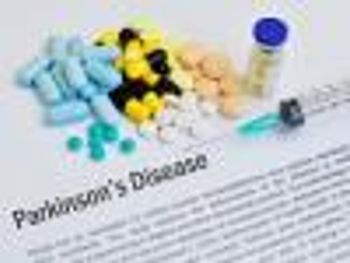
Pimavanserin (Nuplazid) treats hallucinations, delusions, and irrational behavior associated with Parkinson’s disease.

Learning what doesn't work in the treatment of cancer still offers valuable insight.
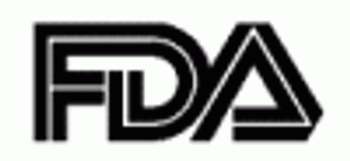
FDA needs to consider patient demographics to improve the public's response to drug safety warnings.

Basal cell carcinoma is the cancer with the highest mutation rates.
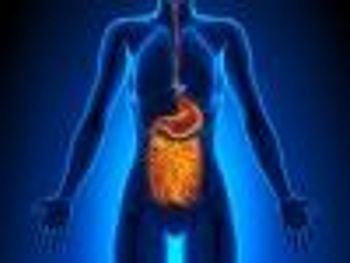
Biomarkers help predict viable candidates for successful chemotherapy treatment for stage II colon cancer.
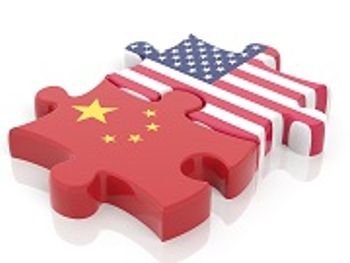
Pricing and outcomes will be competitive factors in the 2 largest national drug markets into 2020.

Access to biologics increased by as much as 100% after biosimilars became available.
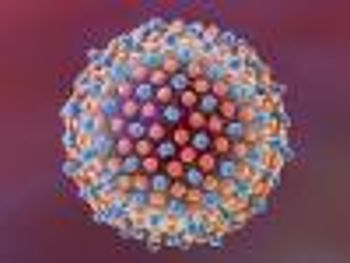
Study finds a common assortment of reasons for non-initiation of hepatitis C therapy, regardless of patient race or ethnicity.